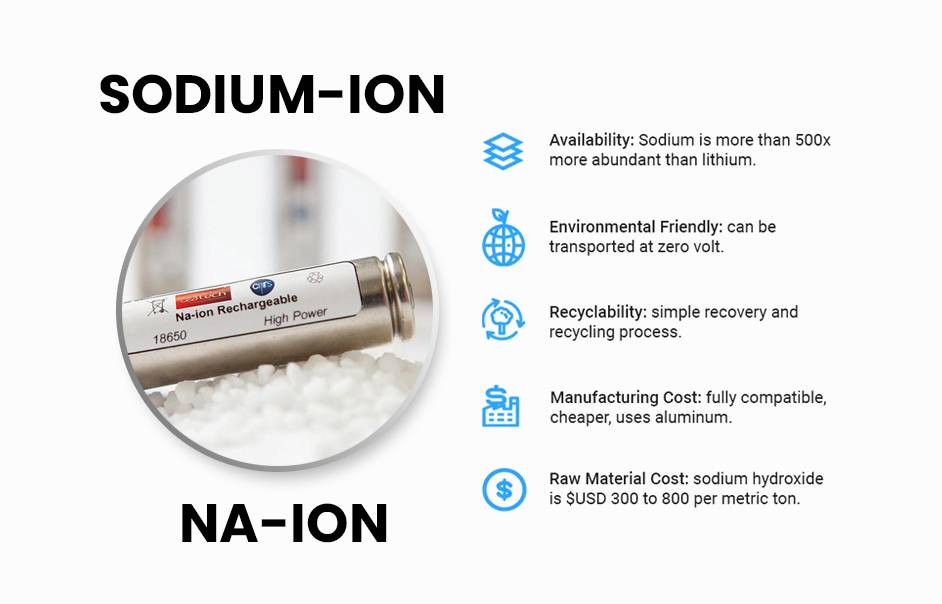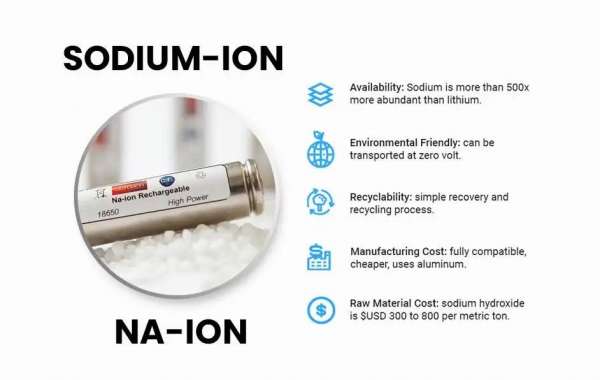
Sodium-ion batteries (Sodium-ion Battery) have emerged as a promising alternative to lithium-ion batteries due to their potential for lower cost and the abundance of sodium resources. However, like any emerging technology, Sodium-ion batteries face several challenges that need to be addressed for widespread adoption. This article examines the current obstacles and future opportunities in Sodium-ion battery technology.
Challenges Facing Sodium-ion Batteries
- Lower Energy Density: One of the primary challenges of Sodium-ion batteries is their lower energy density compared to lithium-ion batteries. This limitation affects their suitability for certain applications, particularly those requiring high energy storage capacity.
- Limited Commercial Availability: While research and development efforts have made significant strides in Sodium-ion battery technology, commercial availability remains limited. The scalability of production processes and the availability of high-quality materials are key factors influencing the commercial viability of Sodium-ion batteries.
- Performance and Stability: Sodium-ion batteries still face performance and stability issues, particularly regarding cycle life and rate capability. Improving the overall performance and stability of Sodium-ion batteries is crucial for their competitiveness in the energy storage market.
Opportunities for Advancement
- Materials Innovation: Research into novel materials for Sodium-ion batteries holds significant promise for improving their performance and energy density. Materials such as sodium-based cathodes and anodes, electrolytes, and current collectors are areas of active exploration.
- Manufacturing Process Optimization: Optimizing manufacturing processes can help reduce production costs and improve the scalability of Sodium-ion battery production. Innovations in electrode fabrication, cell assembly, and quality control can contribute to making Sodium-ion batteries more commercially viable.
- Integration with Renewable Energy Systems: Sodium-ion batteries could play a crucial role in enhancing the integration of renewable energy sources such as solar and wind power into the grid. Their ability to store energy during periods of low demand and discharge it during peak demand can help address intermittency issues associated with renewable energy generation.
Future Outlook Despite the challenges, Sodium-ion batteries present a promising avenue for advancing energy storage technology. Continued research and development efforts aimed at overcoming existing limitations and exploring new opportunities are essential for unlocking the full potential of Sodium-ion batteries. As advancements are made in materials science, manufacturing processes, and system integration, Sodium-ion batteries could become a key player in the transition towards a more sustainable and resilient energy future.
Conclusion In conclusion, Sodium-ion batteries (Sodium-ion Battery) face challenges such as lower energy density, limited commercial availability, and performance issues. However, opportunities for advancement through materials innovation, manufacturing process optimization, and integration with renewable energy systems offer promising pathways for overcoming these challenges. With ongoing research and development efforts, Sodium-ion batteries have the potential to revolutionize the energy storage landscape and contribute to a more sustainable future.




